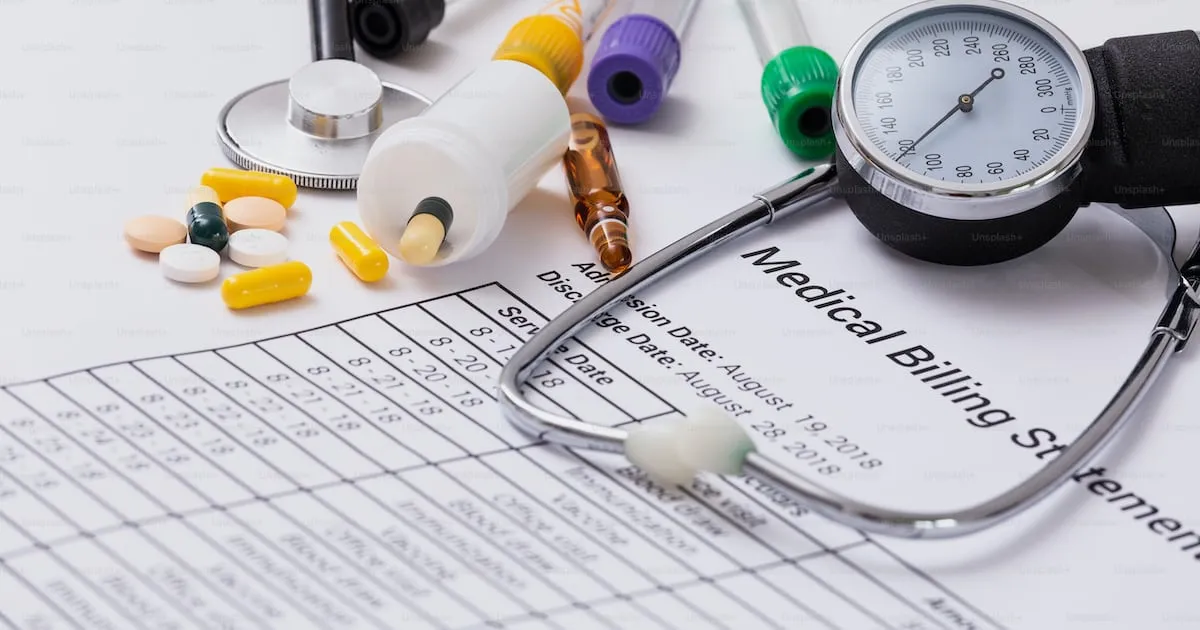Creatine: Effects, Dosage, and Potential Side-Effects

Image Source: Unsplash
Creatine is a popular supplement among athletes and fitness enthusiasts due to its ability to enhance physical performance and promote muscle growth. In this comprehensive guide, we will discuss the effects of creatine, the recommended dosage, potential side-effects, and how to take creatine effectively.
Introduction to Creatine
Creatine is a naturally occurring compound found in the human body, primarily in the muscles and the brain. It plays a crucial role in the production of adenosine triphosphate (ATP), which is the primary source of energy for cells. Creatine can also be obtained through dietary sources such as meat and fish or through supplementation.
The primary function of creatine in the body is to serve as a phosphate donor to generate ATP from adenosine diphosphate (ADP). This process provides energy for various cellular processes, including muscle contraction during physical activities.
Effects of Creatine
Exercise Performance Enhancement
Creatine is well-known for its ability to improve exercise performance, particularly in activities that involve repeated bouts of high-intensity exercises. It helps increase the availability of ATP in the muscles, resulting in enhanced strength, power, and endurance during workouts. However, it is important to note that creatine's effects are more pronounced in high-intensity, short-duration exercises and may not significantly impact aerobic exercises or highly trained athletes.
Chronic Heart Failure
Research has shown that oral creatine supplementation can improve exercise tolerance in individuals with chronic heart failure (CHF), although it does not necessarily affect ejection fraction. Intravenous creatine administration has been found to improve cardiac function, including ejection fraction, in CHF patients.
Gyrate Atrophy
Gyrate atrophy is a rare genetic eye disorder that causes progressive vision loss. Creatine supplementation has been demonstrated to slow down the visual deterioration associated with this condition.
McArdle's Disease
McArdle's disease is a genetic muscle disorder characterized by muscle weakness and exercise-induced pain. Preliminary evidence suggests that creatine supplementation can increase exercise capacity and reduce muscle pain in individuals with this condition.
Parkinson's Disease
Some studies have shown that creatine supplementation may help slow down the progression of Parkinson's disease in its early stages.
Idiopathic Inflammatory Myopathies
Idiopathic inflammatory myopathies are a group of rare muscle diseases that cause muscle weakness and inflammation. While more evidence is needed, creatine supplementation may be effective in treating these conditions.
Other Uses
Creatine has also been suggested for use in the treatment of conditions such as amyotrophic lateral sclerosis (ALS), rheumatoid arthritis, and schizophrenia. However, its effectiveness in these cases remains inconclusive.
Creatine Dosage
The recommended dosage of creatine varies depending on the individual's needs and the specific supplementation schedule followed. Generally, creatine supplementation is divided into two phases: loading and maintenance.
Loading Phase
The loading phase aims to maximize the amount of creatine stored in the muscles. This can be achieved in two ways:
- Consuming 3 grams of creatine per day for 30 days
- Taking 20 grams of creatine per day for 4-7 days
Maintenance Phase
The maintenance phase focuses on maintaining the increased creatine levels in the muscles. This can be achieved by consuming 2-3 grams of creatine daily. The maintenance phase can last indefinitely, as long as the individual continues to supplement with creatine.
Other creatine dosage protocols include:
- 0.3 grams of creatine per kg of body weight daily for 5-7 days, followed by 0.03 grams/kg of body weight daily for 4-6 weeks.
- 20 grams of creatine per day for 4-7 days, followed by 2-10 grams daily without a fixed duration.
- 10 grams of creatine on training days and 5 grams on non-training days for 8 weeks.
Creatine Side Effects
Creatine is generally considered safe for consumption and does not cause significant side effects when taken in the recommended dosages. However, some individuals may experience mild and temporary side effects, such as:
- Abdominal pain
- Arrhythmias
- Cardiomyopathy
- Dehydration
- Diarrhea
- Hypertension
- Ischemic stroke
- Muscle cramping
- Nausea
- Impaired kidney function
- Rhabdomyolysis
- Seizures
- Weight gain
It is important to note that these side effects are rare and can often be avoided by adhering to the recommended creatine dosage guidelines.
How to Take Creatine
To optimize the benefits of creatine supplementation, it is recommended to take creatine in conjunction with glucose or a carbohydrate-protein mixture. Consuming creatine with carbohydrates can help increase both creatine and glycogen storage in the muscles, thanks to the insulin released during carbohydrate metabolism.
Here are some tips for taking creatine with carbohydrates:
- Dissolve creatine in fruit juice or milk instead of water
- Mix creatine with warm water and honey or tea with honey
- Add creatine powder to pancakes, omelettes, muffins, and other baked goods
Keep in mind that creatine dissolves better in warm liquids than in cold ones. This does not affect its effectiveness but can make it easier to consume.
During the loading phase, if you experience stomach pains or digestive issues, consider dividing the daily creatine dose into several smaller portions.
Conclusion
Creatine is a widely used supplement with numerous benefits for athletic performance, muscle growth, and certain medical conditions. By understanding the effects of creatine, the recommended dosages, and potential side effects, individuals can safely and effectively incorporate this supplement into their fitness regimen or treatment plan. Always consult with a healthcare professional before starting any new supplement, particularly if you have pre-existing medical conditions or concerns.
Posted from my blog with Exxp : https://fitbrain.blog/creatine-effects-dosage-and-potential-side-effects/